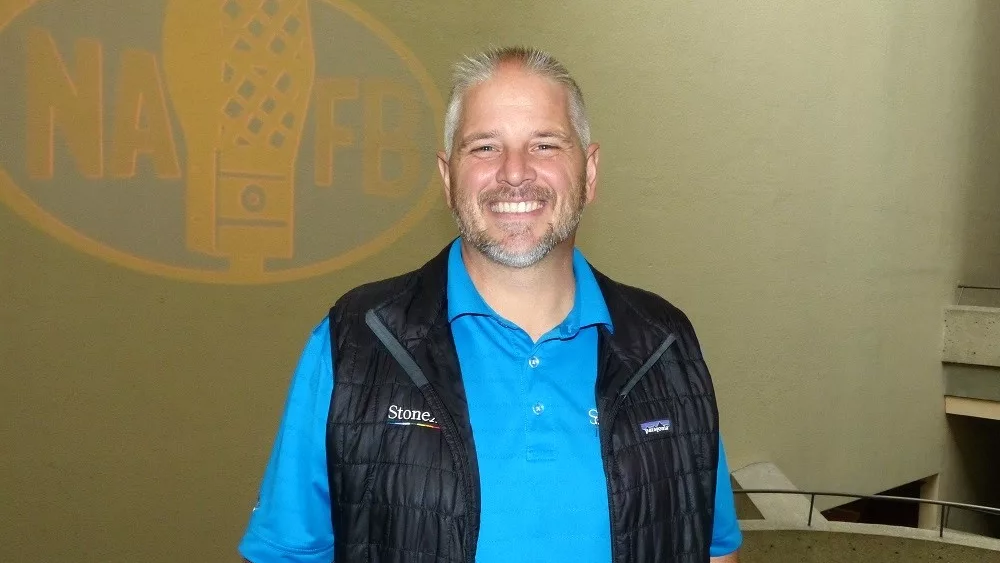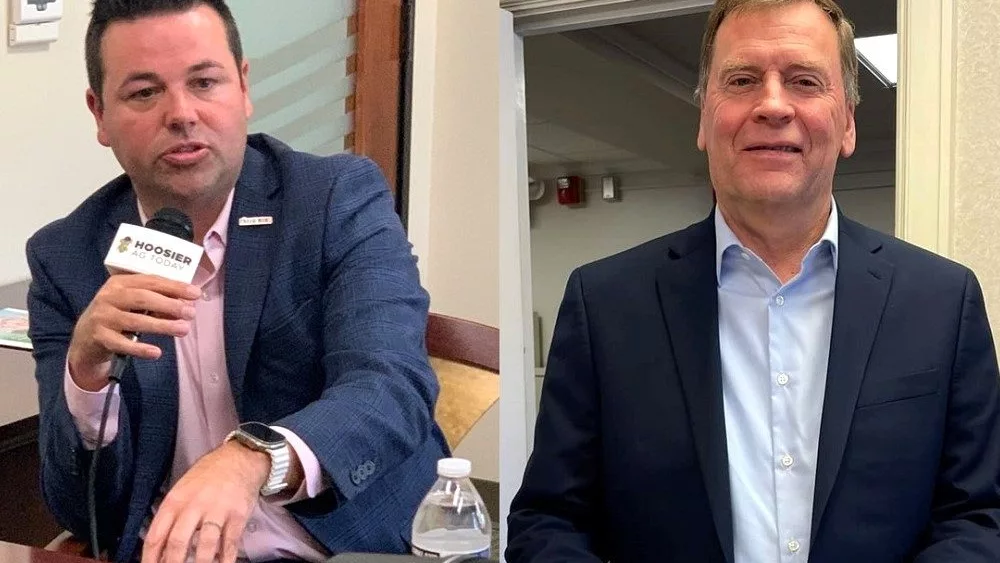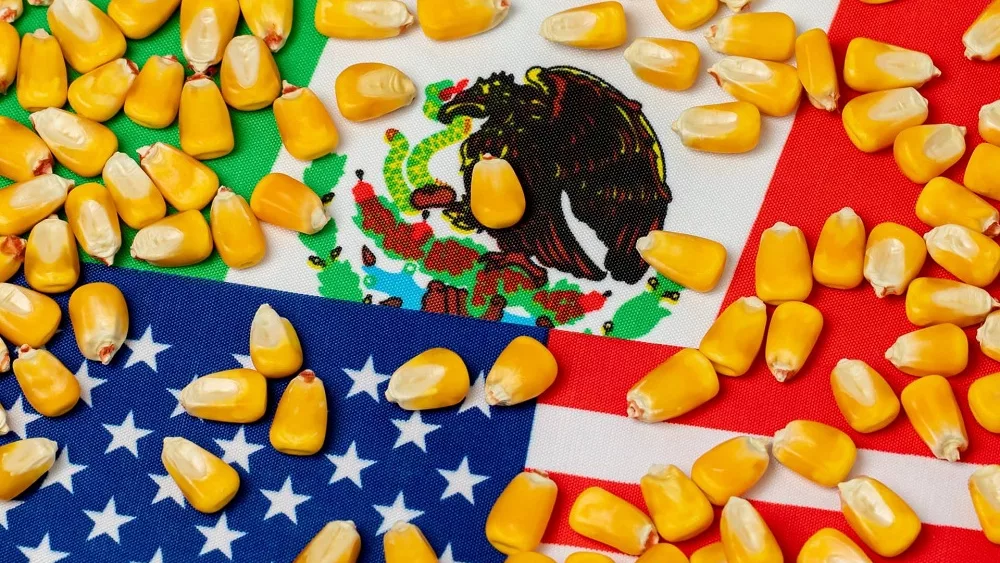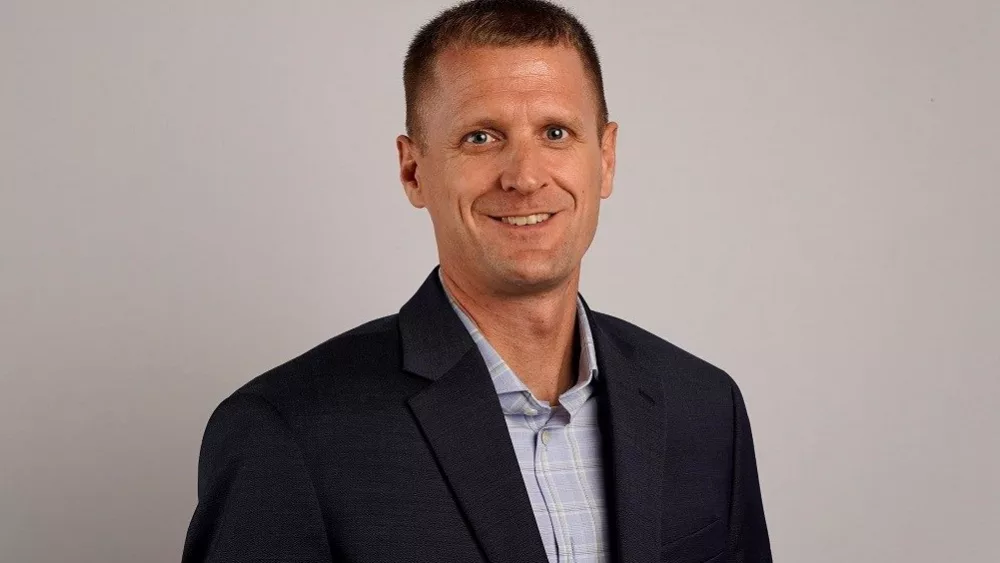
As Indiana farmers are making decisions now on their fertilizer purchases for 2024, there are several things to consider.
Josh Linville, Vice President of Fertilizer with StoneX, says there has been some good news it comes to fertilizer prices and availability.
“Fortunately, if you go back to the Spring of 2022, current prices for nitrogen and potash are about one-third of what they were,” according to Linville.” Now, since we’ve reset those numbers, both anhydrous and UAN have gone up quite a bit, but they are still a fraction of the price that they once were. Phosphate is about half of what it once was, so we’ve seen prices down substantially.”
“When you look at the December 2024 corn contract price, it’s held and still has a $5 handle on it. That makes for a very good fertilizer-to-grain ratio,” says Linville.
However, he adds that any number of things can quickly change, including the Russia-Ukraine War, the conflict between Israel and Hamas, and the low-water levels along the Mississippi River system, which can impact fertilizer prices between now and next Spring.
“There is going to continue to be volatility, and I know it’s frustrating and we wish it wasn’t a part of it. It is what it is,” says Linville. “We can either embrace it or we can just have it beat us into the ground. I’d rather embrace it and just roll with it and look for the opportunities.”
“When we see an opportunity where we can buy that fertilizer and sell that grain and lock in a margin that way, that’s a great way of taking that risk off the table,” he says.
Linville recommends that you continue talking with your fertilizer retailer to find those opportunities for lower fertilizer prices.
“The retailers would much rather sell you product for $200 rather than $800. It’s a much easier sale,” says Linville. “With all the things that are going on—the price risk, the interest rates, the river situation, the truck situation, the rail situation, and everything else that is out there—they are struggling just as much trying to figure out what to do. Farmers need to be having more conversations with them, and I’m not saying you have to just give them everything you possibly have and buy the second they do it, but the more conversations you can have, the better they can plan to be ready for when you arrive and say, ‘I’m ready to pull the trigger, let’s go.’”
Click below to hear C.J. Miller’s news report with Josh Linville with StoneX from the National Association of Farm Broadcasting (NAFB) convention in Kansas City.





